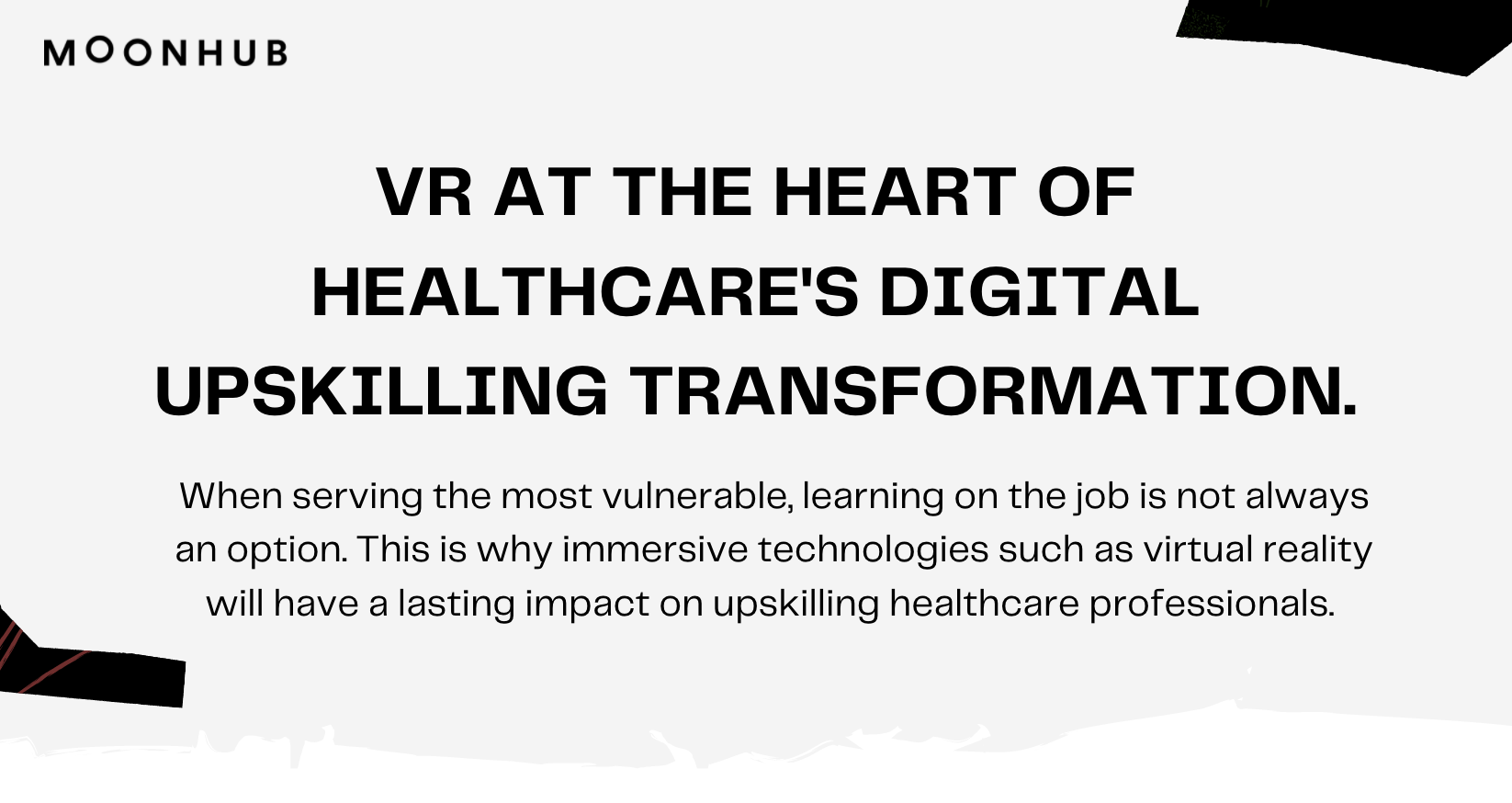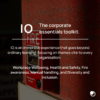
Learning on the job is not always an option when helping the most vulnerable. Maintaining medical professionals’ skills and knowledge has never been more critical, especially with increasing requirements for training in wholly new treatments and navigating harsh conditions. This is why immersive technology like VR will have a long-term impact on healthcare professional upskilling.
VR training tools are here to help, allowing healthcare personnel to be trained in a more immersive and thorough manner than traditional ways, for both front-line medical and specialist operations. More than just filling a pandemic-shaped hole, however, VR has the potential to alter the healthcare profession and ensure that patient well-being remains a top priority as the industry moves forward into the digital age.

Since the pandemic, the demand for the implementation of virtual reality in healthcare has skyrocketed. The VR industry in healthcare was worth $1.2 billion in 2021, and it is expected to expand tenfold to over $11 billion by 2028.

By 2022, nearly seven out of ten (68%) healthcare professionals expect VR to be a crucial tool for teaching and training solutions.
In recent years, virtual reality technology has showcased its full potential in healthcare education and training. Here are two key case studies:

VR Boosts Learner’s Overall Performance.
Researchers from the University of California’s David Geffen School of Medicine conducted a two-week trial with 20 medical students who were randomly allocated to one of two groups: traditional training or virtual reality education. Participants in the VR group performed much better in all areas than the traditionally trained group, with a total score improvement of 230 per cent. On average, the VR-trained group completed the process 20% faster than the traditional-trained group. They also completed 38 per cent more tasks successfully on the procedure-specific checklist.
VR Ensures Results.
Also in 2019, the Imperial College London showcased that 83% of medical students who trained in VR could go into a lab setting and complete surgery with minimal to no guidance. In contrast to traditional training methods, the number of students confident enough to complete surgery was zero.

Because of the wide range of skills required in healthcare, providing high-quality education is both difficult and crucial. Institutions must ensure that, in addition to technical or clinical expertise, trainees are given a strong interpersonal basis. VR transcends soft skills into power tools, accelerating learning curves, and contributing to the shortening of training timelines.

VR Outperforms Traditional Training.
The use of virtual reality to supplement pandemic training calls into question the efficacy of traditional training techniques, both now and in the future. VR allows medics to immerse themselves in these rare settings, which can boost learning retention by up to 75 per cent and reduce skill fade by 52 per cent (compared to 10% for traditional methods and 5% for eLearning). VR costs 52 per cent less than traditional training methods at 3,000 learners, according to a PwC analysis. Once purchased, VR hardware can be used for a variety of training programmes. It also requires no additional physical space or resources, tracks performance in real-time throughout training, and reduces costs by 64 per cent at scale.
At MOONHUB, we recognise how quickly the medical world is evolving, and we envisage a shift in healthcare upskilling that includes VR. In comparison to classroom and eLearning, VR democratises instruction through its practicality, providing unrivalled agency and autonomy.








